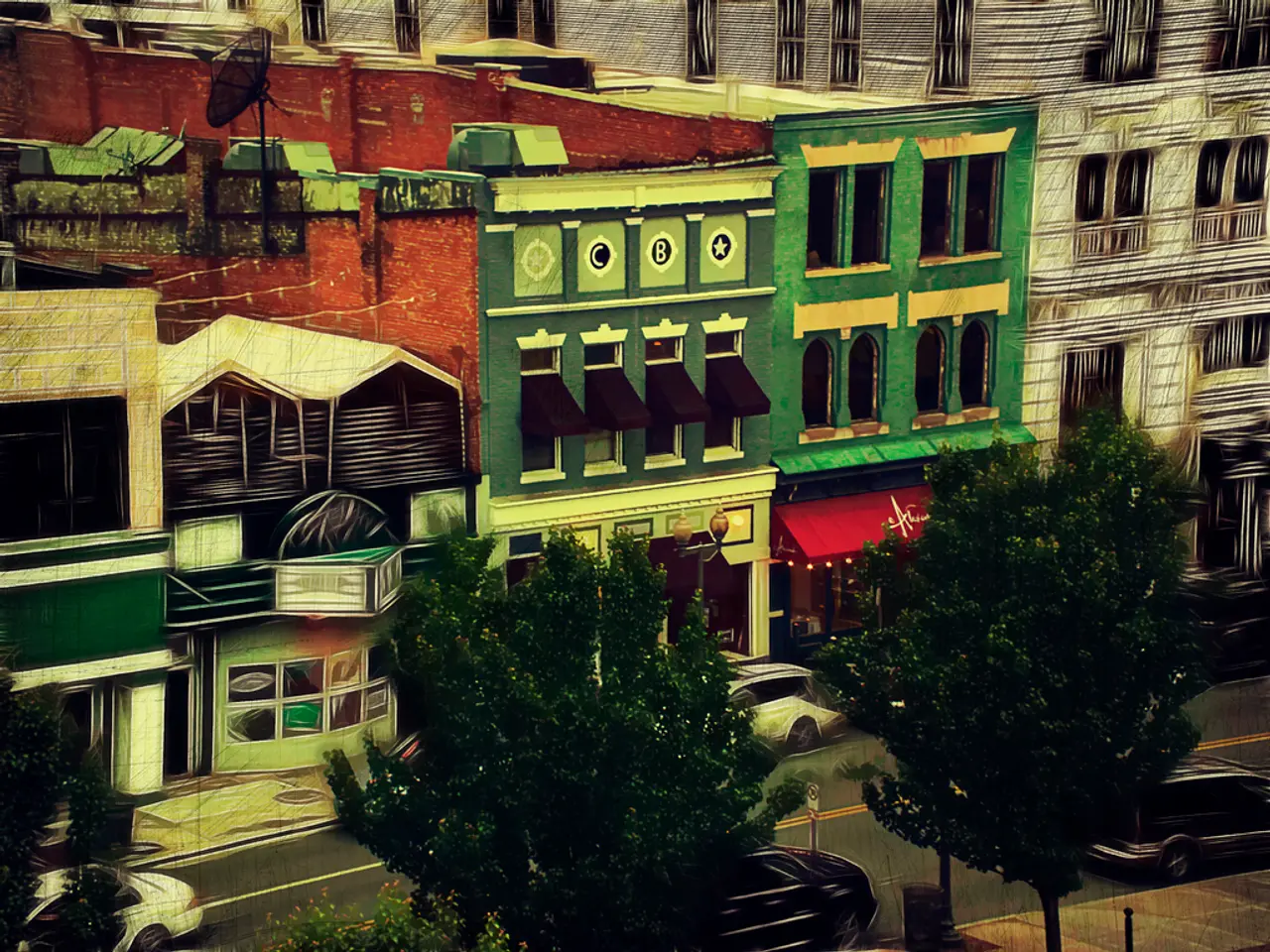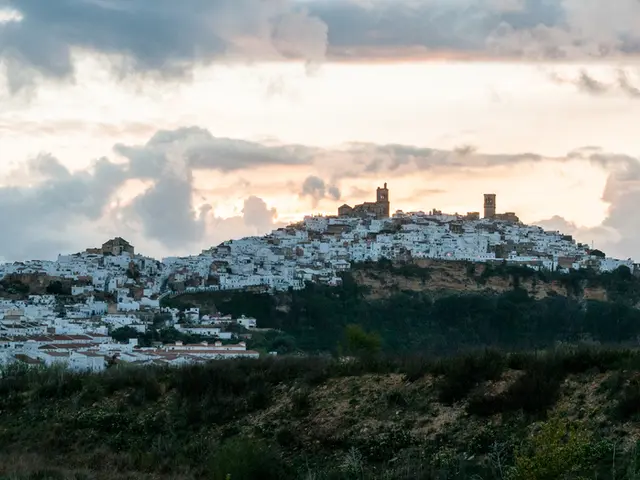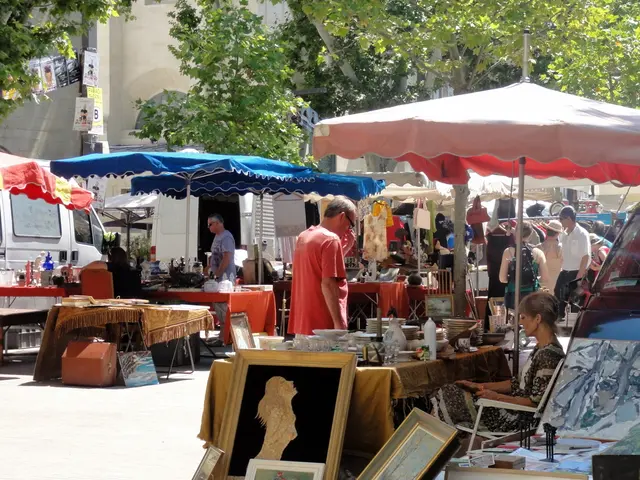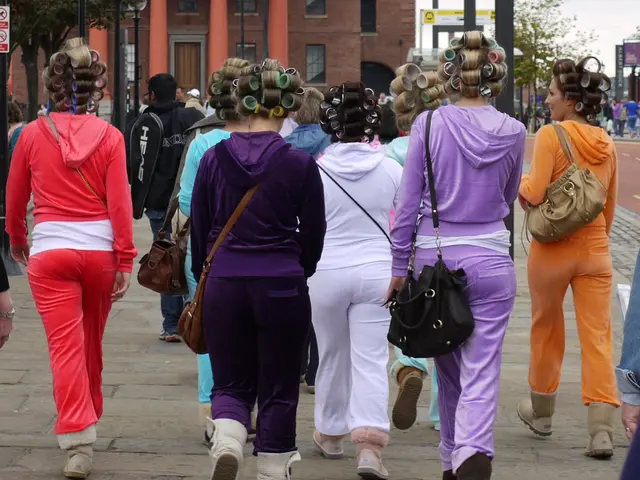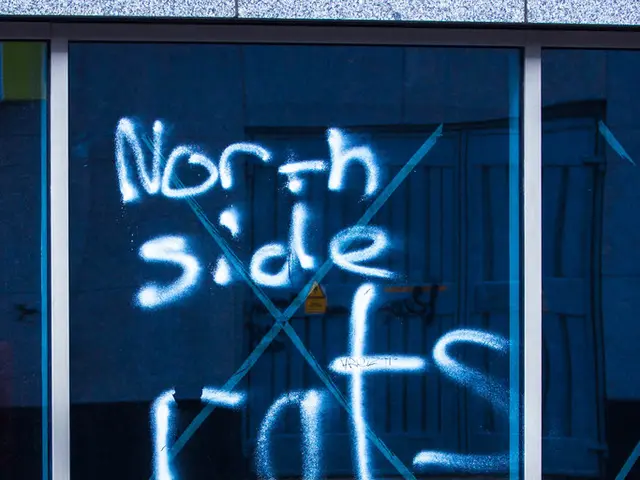Exploring the Realms of Urban Artistry: A Look into Street Art
In the early 20th century, the concept of street art, or 'street art,' began to take shape. One of the earliest examples of this art form can be traced back to Jean Dubuffet, who was one of the earliest street art artists.
Fast forward to the 1960s and 1970s, and the term 'street art' became widely used. It was during this period that street art started to gain traction, with artists like Taki 183 and Jean-Michel Basquiat making a name for themselves in the United States.
The 1970s and 1980s saw graffiti art gaining prominence in popular culture, particularly in the United States. This period marked a significant turning point for street art, bringing it to the forefront of public consciousness.
In the 1990s, street art began to evolve, with artists such as Shepard Fairey and Banksy gaining international acclaim. Fairey's 'Hope' poster became the iconic image of Barack Obama's 2008 presidential campaign, while Banksy's work often addressed issues such as war, capitalism, and social injustice.
The new millennium brought about a surge in institutional representation of street art. Museums and grassroots organizations started showcasing diverse street art exhibitions, with cities like Berlin, New York City, Melbourne, Bristol, and Rio de Janeiro emerging as notable hubs for this art form.
In recent years, street art has become popular and mainstream, with cities around the world hosting street art festivals and commissioning artists to create large-scale murals. The 'Street Art' exhibition at the Museum of Modern Art (MoMA) in New York City, 2011, and the 'Street Art Today' and 'Viva la Street Art' exhibitions at the Museum of Urban and Contemporary Art (MUCA) in Munich, Germany, are testaments to this growing acceptance and appreciation of street art.
In the current socio-political climate, street artists are contributing their voices to important issues such as Black Lives Matter, MeToo, and the Covid-19 Pandemic. The artwork 'Girl with Balloon' by Banksy, famously shredded at a Sotheby's auction in 2018, is a prime example of this. The piece, transformed into 'Love Is in the Bin' after its self-destructing act, was sold at auction in 2021 for £18,582,000.
Street art is a powerful medium for expression, message-conveyance, provocation, beauty, and community building. It is inherently accessible, making it a powerful tool for artists to reach a wide audience and engage with important societal issues.
In 2018, the 'Beyond the Streets' exhibition, held in Los Angeles and later Brooklyn, showcased the work of over 150 street artists from around the world, demonstrating the global reach and impact of this art form.
Today, street art continues to evolve, pushing boundaries and challenging norms, while maintaining its roots in accessibility and community. It is a testament to the power of art to inspire, provoke, and unite.
